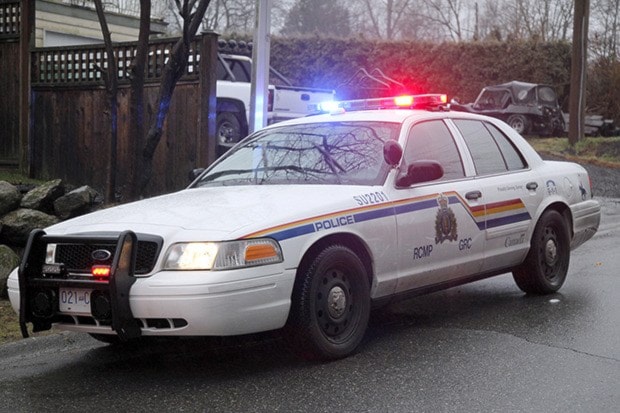In December 2015, Dr. Terry Waterhouse was hired as Surrey’s director of public safety strategies.
Later this year, Dr. Waterhouse will unveil the City of Surrey’s new Public Safety Strategy, which will serve as the guiding document for crime prevention in the city’s overall Sustainability Charter 2.0.
 This is not the first time the city has engaged in the production of such a plan. In 1990, the Canadian Council on Social Development published a report entitled, Safer Communities: An emerging Canadian experience.
This is not the first time the city has engaged in the production of such a plan. In 1990, the Canadian Council on Social Development published a report entitled, Safer Communities: An emerging Canadian experience.
The first case study presented was from Surrey. The case highlighted Surrey’s development in the area of crime prevention with the initiative ‘Safer Community Strategy: Surrey 2000.’
The strategy called for greater involvement of the community and organizations; improved social program and service responses in the community; addressing of problems in areas of the criminal justice system at the provincial and federal levels; and the improvement of information sharing between agencies and community organizations.
Decades later, the city found itself engaged in a similar process. In 2007, then Mayor Dianne Watts set out to fulfill her campaign promises and created the Mayor’s Committee on Public Safety and Crime Reduction to address the “root causes of crime.”
Her effort produced the Surrey Crime Reduction Strategy. The document contained 106 recommendations and the city hired its first crime reduction strategy manager, Lance Talbot. That document, along with the social plan for well-being, were the guiding documents for the city’s original Sustainability Charter.
Which brings us to today.
Behind a backdrop of several brutal criminal incidents and public shootings, another crime prevention strategy is on the horizon. The question on my mind is – what will make this strategy any more capable of success than its predecessors?
In my dissertation (2010), I outlined some natural threats to crime prevention and cautioned that in the absence of learning from international experience the tendency is for most community safety efforts to revert back to a traditional reactionary response carried out by criminal justice system agencies (police, courts, and corrections) at the tertiary level of crime prevention.
This process I referred to as tertiary drift. Further, as crime prevention is pulled towards tertiary prevention it is also being pushed towards social development responses. Social development creep is a process whereby primary and secondary prevention efforts creep towards the social engineering of individuals without measurable impacts on community safety.
There is a tendency to focus on traditional social programs like improved literacy, reduction of poverty, increased housing, and conflict resolution programs without any measurable outcomes being tied to the actual prevention of crime. It is tempting for people involved in social development programs, because of severe cuts in funding, to champion their programs under the auspice of public safety and crime reduction in order to obtain funds and establish platforms they would not otherwise be able to access.
There needs to be a clear demarcation between social programs as good governance and social programs that result in effective crime prevention.
Unless these problems are addressed there is not much hope for success in the light of crime prevention literature. Lip service to ideas of crime prevention and the good faith efforts of individuals or groups are not enough to sustain the effort. It is imperative that mechanisms be built in to shield from the attrition of individuals and groups, changes in government, or general tertiary drift or social development creep.
Until now Surrey has not fully drawn from the standards and norms in crime prevention to make the effort sustainable.
Unfortunately it cannot be assumed the next iteration of the city’s Public Safety Strategy will be a success – the history of Surrey serves as a vivid reminder of that.
Dr. Greg Jenion teaches Community Safety and Crime Prevention at Kwantlen Polytechnic University.
